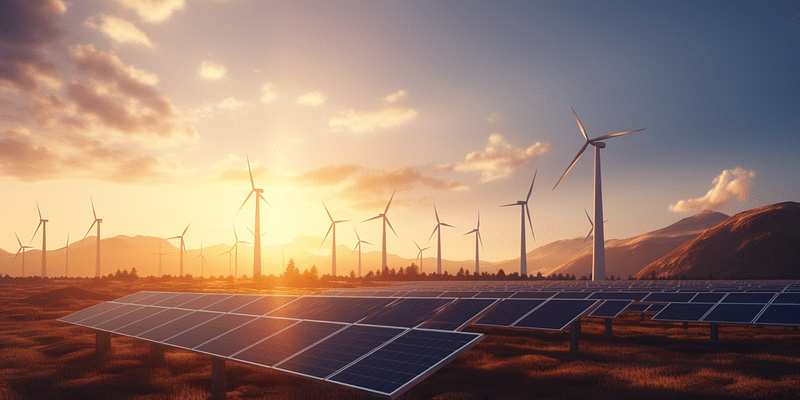
India has added a record renewable energy capacity of 18.48 GW in 2023-24, which is over 21% higher than 15.27 GW a year ago, according to the latest data of the Ministry of New and Renewable Energy. However, industry experts said there is a need to add at least 50 GW of renewable energy capacity annually for the next six years to meet the ambitious target of 500 GW of renewables by 2030.
According to the data, India’s installed renewable energy capacity is 143.64 GW as of March 31, 2024, excluding 47 GW of large hydropower capacity (each plant is more than 25 GW or above).
They pointed out that renewable energy capacity stood at around 190 GW, including large hydro projects, and therefore, India needs to add 310 GW in the next six years or at an average of 50 GW per annum.
Union Power and Renewable Energy Minister RK Singh, in a recent interview with PTI, said, “You see, my installed capacity of RE is about 190 GW, I have 103 GW under construction, that makes it 290 GW. I have 72 GW under bids, so I am already at about 360 GW. I will reach it (target of renewable energy capacity of 500 GW by 2030) before time as I reach all my targets.”
Besides, the MNRE is also targeting bidding of around 50 GW of renewable energy projects per annum to meet the ambitious target of 500 GW. The data showed that solar installations of 12.78GW led the renewable energy capacity addition of 15.27 GW in 2023-24, followed by 2.27 GW of wind energy.
Among the renewable energy capacity, the total solar installed capacity tops the chart at 81.81GW, followed by about 46 GW of wind energy, 9.43 GW of biomass cogeneration and 5 GW of small hydro (up to 25 MW capacity each).
Among the states, Gujarat and Rajasthan have the largest renewable energy capacities of about 27GW each, followed by Tamil Nadu at about 22 GW, Karnataka at about 21 GW and Maharashtra at about 17 GW. Himachal Pradesh and Andhra Pradesh have installed renewable energy capacity of about 11 GW each.
Edited by Affirunisa Kankudti










